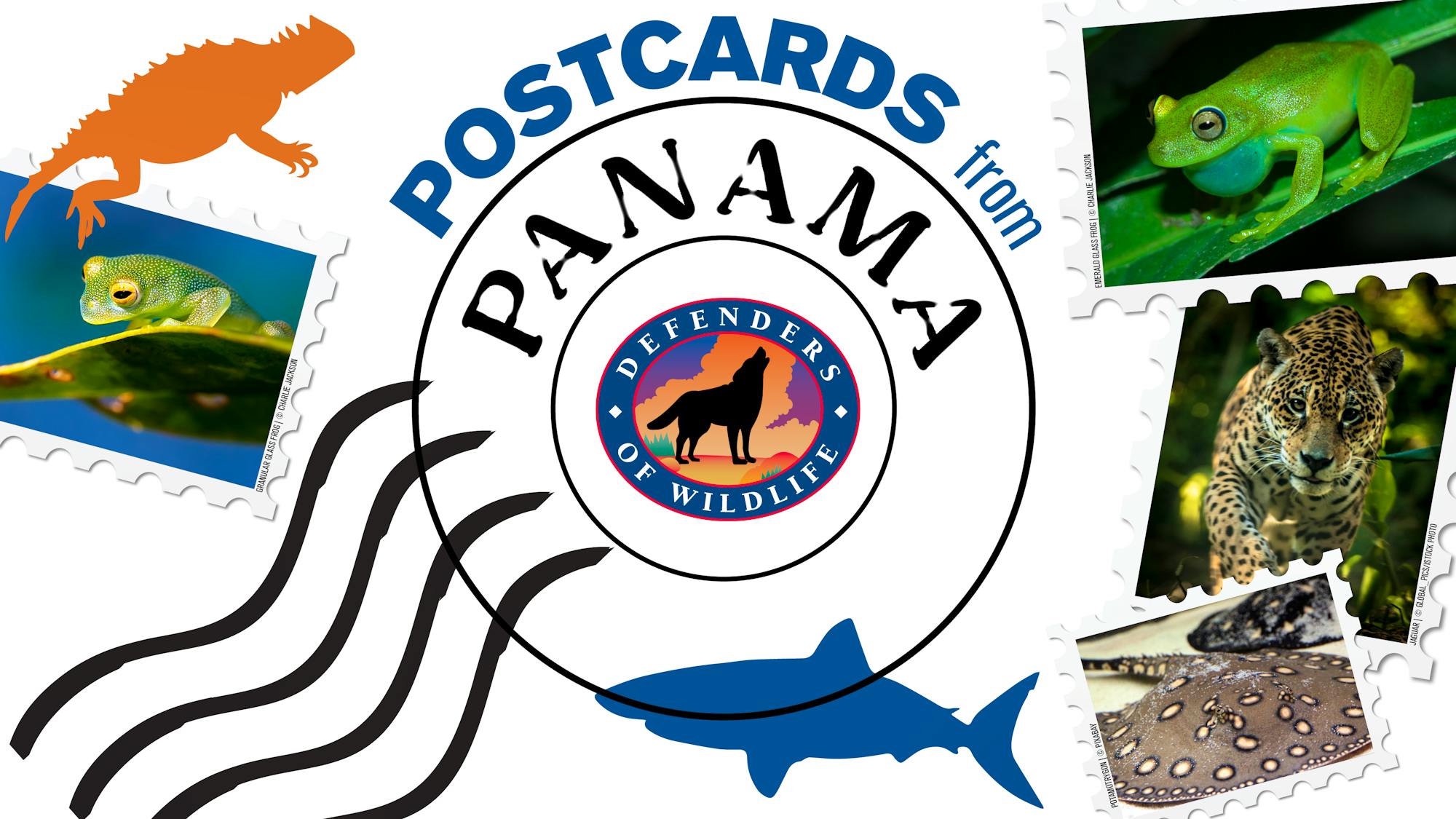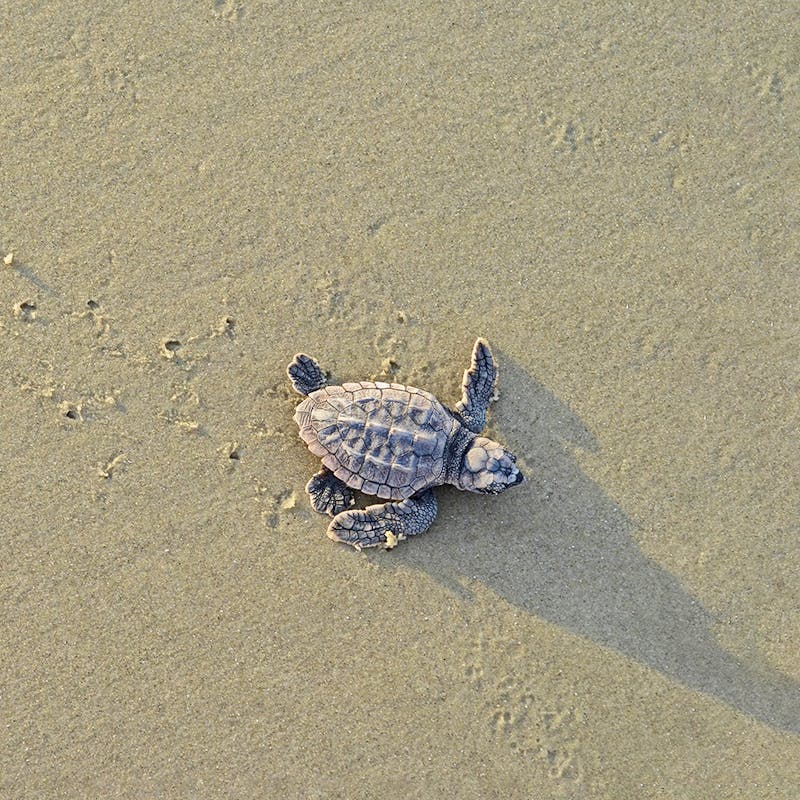After countless hours of work, many conversations with delegations from around the world and some truly inspiring shows of global unity, hundreds of species of plants and animals were protected by new trade regulations at the 19th Conference of the Parties to the Convention on International Trade in Endangered Species of Wild Fauna and Flora (CITES CoP19), in a marked win for biodiversity. The overexploitation and illegal trade of species is one of the leading causes of the biodiversity crisis and a major driver of extinction.
There were a number of proposals that Defenders of Wildlife had worked on at CoP19, in some cases for months or even years leading up to the meeting, that were expected to be quite contentious, including proposals on limiting trade on requiem and bonnethead sharks, rays, glass frogs and a whole host of reptiles. There were some nail-biting moments, along with some very late nights, but ultimately when it came time for countries to vote, they largely sided with wildlife. While this is most definitely a victory, getting countries to support proposals to protect imperiled species should arguably not be so difficult, especially with global scientists estimating that one million species are at risk of going extinct in the coming decades.
In a landmark vote for marine biodiversity and increased (and desperately needed) regulation of the shark fin trade, more than 100 species of sharks and rays, including requiem and bonnethead sharks, guitarfish and freshwater rays endemic to Brazil, were listed on Appendix II.
One of the most memorable moments in the entire meeting was when the glass frog proposal to protect 158 species, despite stiff opposition early on from the European Union, was adopted by consensus after an overwhelming display of global support. Even the European Union, who had maintained that the proposal was overbroad in the number of species it included, stepped aside, and the proposal was adopted consensus. Tears were shed in the late-night session when this happened and the convention hall was filled with applause.
The EU’s argument that proposals were overbroad was a common refrain and a core tactic they used to oppose listings early on, including with 52 species of aquatic and terrestrial turtles and 21 species of horned lizards. Both turtles and horned lizards have experienced staggering increases in international trade in the past decade, with demand for turtles coming from Asian countries and horned lizards commonly being exported to the European Union. One after another, though, the proposals were adopted—many by consensus after it became clear that support for them far outweighed any ability of even a powerful bloc of countries like the EU to prevent their listing in the appendices.
CoP19 was a powerful display of cooperation amongst conservation nonprofits from around the world and a successful collaboration between Defenders of Wildlife and many countries in Central America seeking to protect their own biodiversity. Much more is needed to head off the escalating biodiversity and climate crises we are faced with. Onward to the Convention on Biological Diversity in Montreal (Dec. 7-19), where Defenders of Wildlife will be attending once again, fighting for bold action from parties and a strong commitment from the U.S. especially, to implement its own National Biodiversity Strategy.







